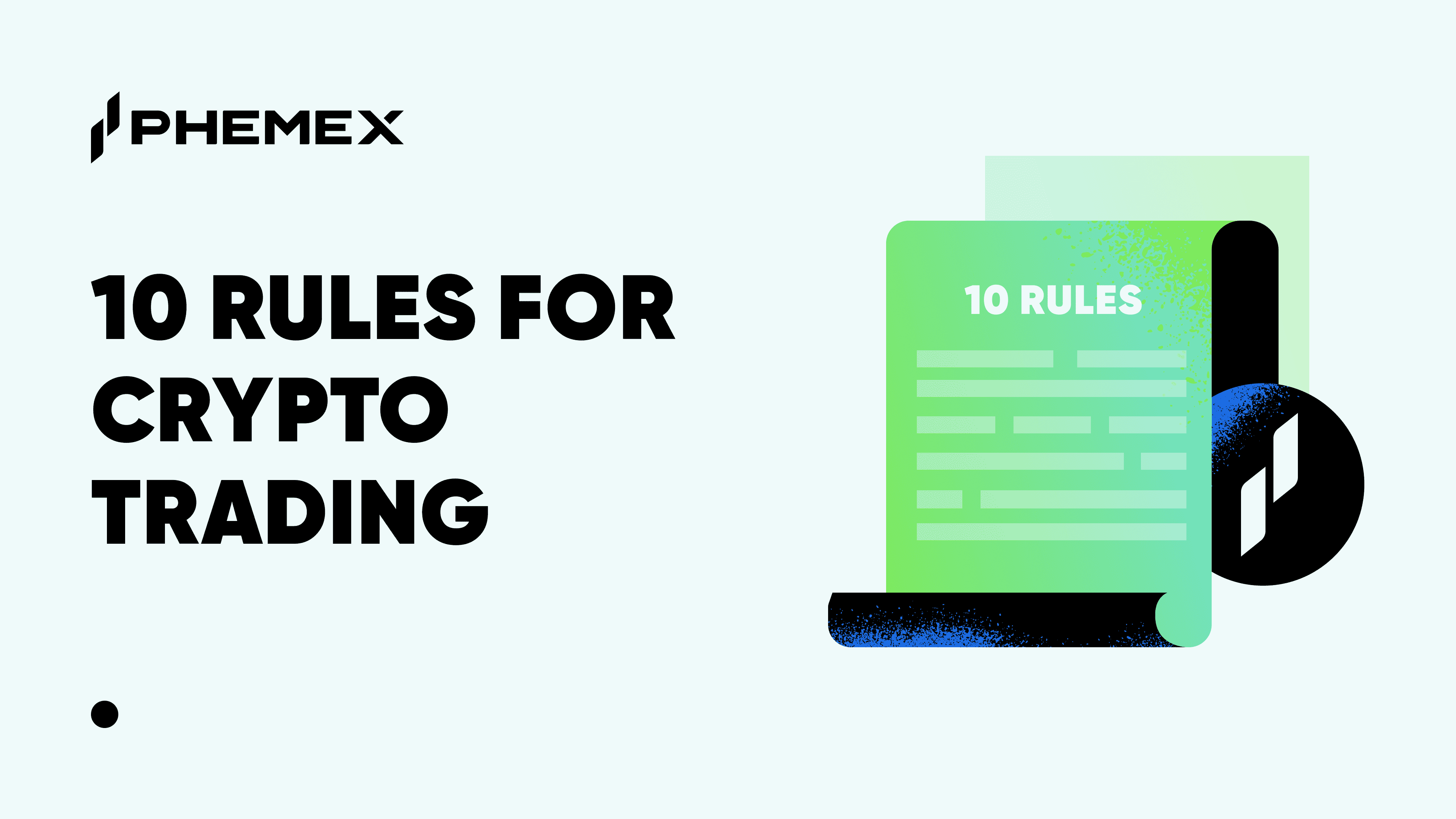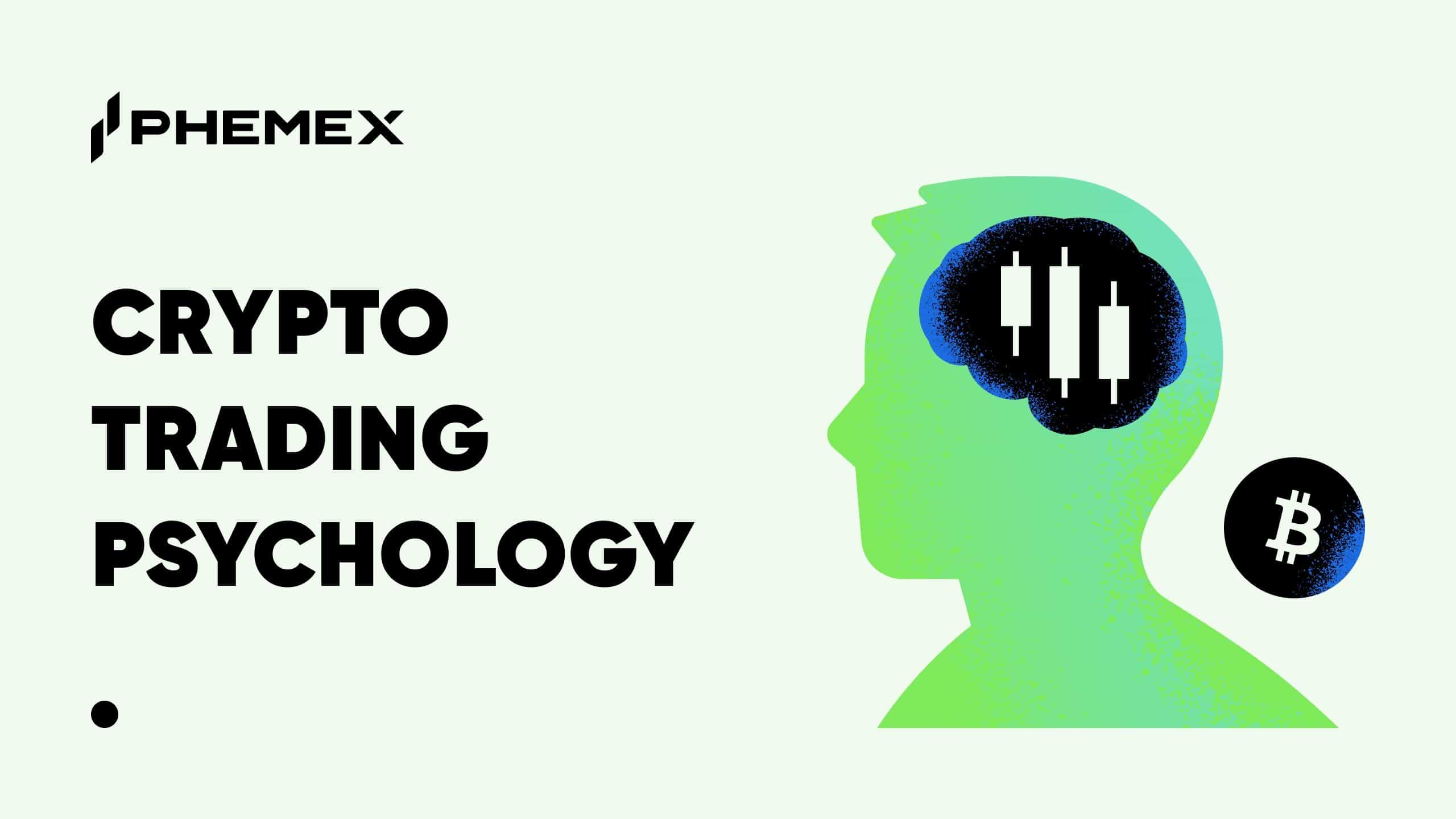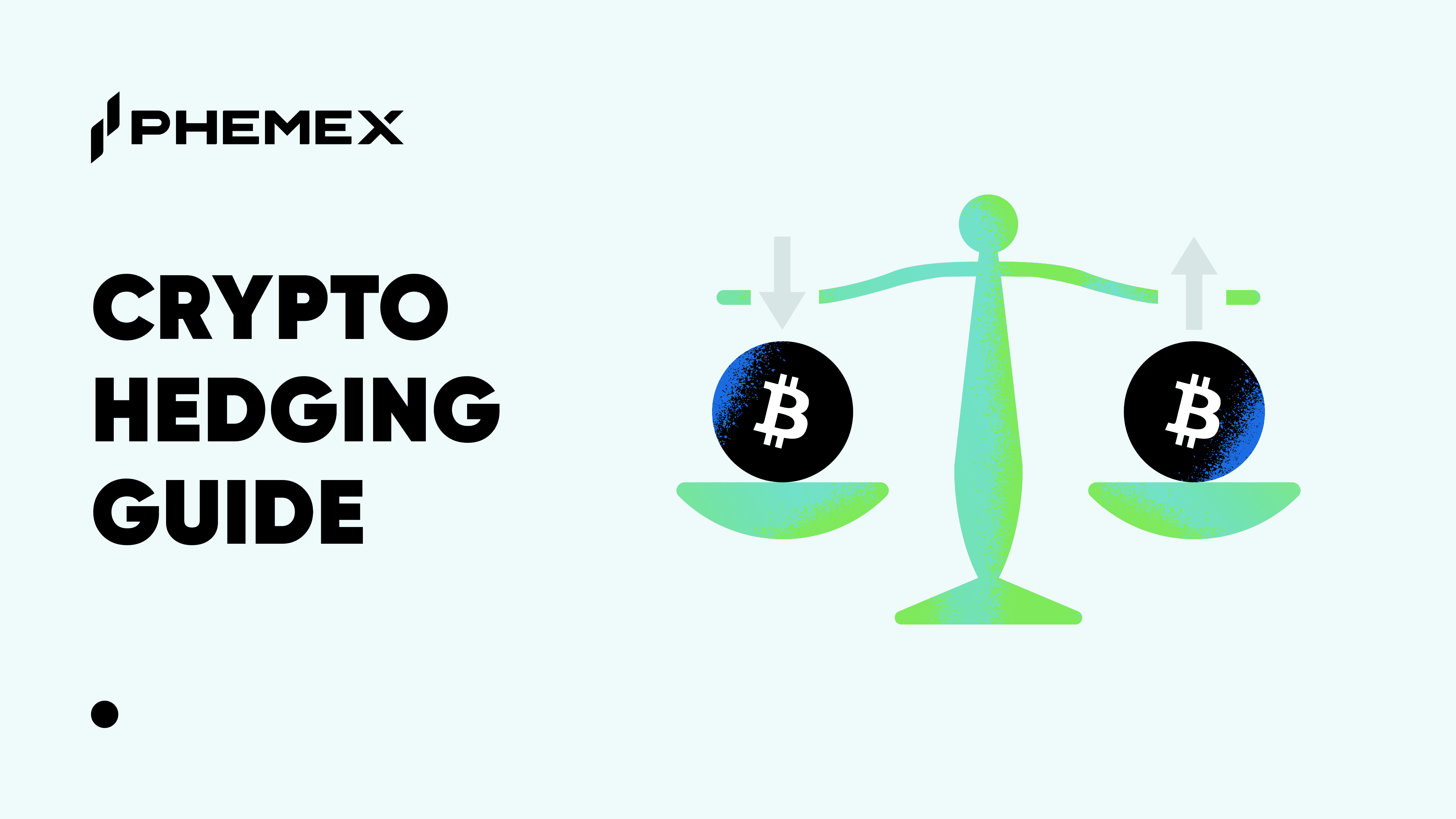What is a Limit Order?
In the fast-paced world of cryptocurrency trading, a limit order stands as a pivotal instrument, granting traders the ability to set a precise buying or selling price for their crypto assets, thus offering enhanced control over transaction prices compared to market orders. This order type is especially beneficial in mitigating slippage, as it allows traders to establish a selling price higher than the current market rate or a buying price lower than it. For example, should Bitcoin (BTC) be valued at $27,500, a trader like Jane can utilize a limit order to sell 1 BTC at her target price of $28,000.
Once a limit order is set, it joins the order book and awaits execution only when the market price reaches or surpasses the trader's defined limit price. Contrasting with market orders, which execute instantly at the existing market price, limit orders automate the process, freeing traders from the need to continuously monitor market fluctuations. These orders will fulfill automatically when the preset conditions are met, regardless of the trader's active involvement.
It's crucial to recognize, however, that limit orders do not guarantee execution. If the market price fails to hit the trader's limit price, the order may remain unexecuted on the order book. The period during which a limit order remains active is subject to the policies of the specific crypto exchange and can extend up to several months. Limit orders are particularly suitable for traders who aim to enter or exit the market at more advantageous prices, willing to patiently await the market's alignment with their targeted price.
How does a Limit Order work?
In the sphere of cryptocurrency trading, a limit order is an essential tactic for precise price targeting. Once a trader places a limit order, it's instantly added to the order book but will only be activated when the cryptocurrency, such as Bitcoin or BNB, reaches or exceeds the set limit price. For example, if a trader aims to sell 10 BNB at $600, while its current rate is $500, they would establish a sell limit order at $600. This order comes into effect only if the BNB value escalates to or above the $600 mark, depending on the market's liquidity. Existing sell orders at the same price are prioritized, and subsequent orders, like the trader’s, are processed based on remaining liquidity.
However, limit orders come with inherent risks due to market volatility. Imagine setting a sell limit order for 10 BNB at $600, and the price unexpectedly jumps to $700. In such cases, the order would execute at the original limit price of $600, which could mean lesser profits than possible at the current market rate. This situation highlights the need for traders to consistently monitor and adjust their open limit orders in response to fluctuating market trends.
To summarize, a limit order instructs an exchange to carry out a transaction at a specific price. This method involves placing the order, listing it on the order book, and executing it when the market hits or surpasses the limit price, depending on available liquidity. While limit orders grant traders the power to set their desired trading price, they demand vigilance to adapt to market shifts and maximize potential returns.
When to choose limit order?
For traders keen on leveraging market timing and price shifts, employing a limit order is a savvy strategy, especially in the crypto realm. Take, for instance, Bitcoin (BTC), which is presently trading at $22,887. Should a trader speculate that BTC's value might escalate to $24,000 soon, they could aim to buy it at a lower rate, like $22,500, particularly during a market dip. Here, placing a limit order to acquire BTC at $22,500 becomes a calculated move, although it demands some proactive technical analysis to precisely anticipate price trends.
The choice to use a limit order hinges on several aspects, such as the trader's strategy, risk appetite, and current market conditions. Limit orders are especially advantageous in specific situations:
Targeting a Specific Price: With a set target price in mind for a buy or sell transaction, a limit order enables execution at that precise price or a more favorable one, given that the market attains that figure.
Curbing Slippage: By ensuring execution at an established price or better, limit orders help reduce slippage, thereby stabilizing trading outcomes.
Market Liquidity Contribution: Traders looking to earn passive income can utilize limit orders to infuse liquidity into the market. This is done by placing orders on either side of the order book, which might lead to rewards.
Ideal for buying below or selling above the ongoing market price, limit orders are suitable for those not needing immediate execution, aiming to maximize profits, minimize potential losses, or apply a dollar-cost-averaging approach through order division.
However, it's crucial to acknowledge that hitting the limit price doesn't always guarantee full order execution, as it depends on market liquidity and prevailing conditions. Sometimes, a limit order might only be partially filled, emphasizing the importance for traders to continuously monitor and adapt to the volatile nature of the crypto market.
Advantage of Limit Order
In the cryptocurrency trading landscape, a limit order is a crucial tool that empowers traders to define the maximum price they're prepared to pay or the minimum price at which they're willing to sell an asset. This functionality gives traders superior control over the prices of their transactions, aiding in avoiding unnecessary slippage and strategically setting orders for anticipated major market shifts, such as sudden surges or drops.
The foremost benefit of utilizing a limit order in crypto trading is the ability to precisely control the price. Traders have the autonomy to establish a specific price for purchasing or selling Bitcoin or other cryptocurrencies, leading to more effective management of the execution price and potentially better trading results. Limit orders execute solely at the designated price or a more favorable one, thereby reducing slippage – the difference between the anticipated and actual execution prices due to market fluctuations. This results in more predictable and stable trading scenarios.
Additionally, limit orders can be a source of passive income. By placing limit orders on both the buy and sell sides of the order book, traders can enhance market liquidity. Several exchanges offer incentives like fee reductions or other rewards for this practice, paving the way for traders to earn extra income.
Moreover, limit orders can be adapted based on market insights, enabling traders to swiftly react to market volatility and adjust their investment strategies. For example, if a trader places a limit sell order for a crypto asset at $50, but market dynamics unexpectedly drive the price to $55, the order might be executed at this higher price, thus increasing the trader's profit margin.
This phenomenon, termed as the price gap, is common in equity markets with specific trading hours. In the ever-active crypto market, even less frequently traded cryptocurrencies can achieve better pricing through strategic limit order placements.
Disadvantage of Limit Order
In the cryptocurrency trading arena, limit orders provide traders with substantial control over their transaction prices, yet they are not without their risks and constraints. One significant drawback of limit orders is the uncertainty of execution. Should the market price never meet the trader's set limit during the lifespan of the order, it may remain unfulfilled, possibly lingering indefinitely on the order book.
A critical risk linked to limit orders in crypto trading is the potential for missed trading opportunities. Since execution of these orders only occurs when the market price aligns with the set limit, traders might overlook opportunities to buy or sell at different price points. This risk is heightened during periods of intense market volatility, where swift price movements are common. Traders not closely tracking market trends may find themselves caught off-guard by rapid shifts in Bitcoin or other crypto prices, leading to unforeseen executions or missed chances, particularly if the market doesn't reach the specified limit.
Moreover, limit orders give priority to exact pricing over the speed of transactions. Unlike market orders that execute immediately at the prevailing market rate, limit orders might face execution delays. In fast-changing markets, this can lead to missed trading opportunities or transactions at less advantageous prices.
While limit orders are advantageous for traders who diligently monitor market fluctuations and adapt their strategies, those who engage with the crypto market less frequently may encounter challenges such as unexpected executions in volatile conditions, time limitations on orders (except for 'Good ‘til canceled' options), and the chance of orders remaining unfilled in stagnant markets. Therefore, it's crucial for traders to weigh both the advantages and potential pitfalls of using limit orders in their cryptocurrency trading endeavors.
Read More
- What are Market, Limit and Stop Orders: Basic Order Types Explained
- Bitcoin Order Book Trading: Everything you Need to Know
- What is A Bracket Order: Limit Possible Loss and Lock in Profits
- What is Spot Trading & How does it Work?
- What are Crypto Options & How do They Work?
- Buy Low, Sell High Crypto: 4 Things To Do (3 To Avoid)
- What is Bot Trading in Crypto & How does it Work?
- What is Contract Trading in Crypto & How does it Work?








